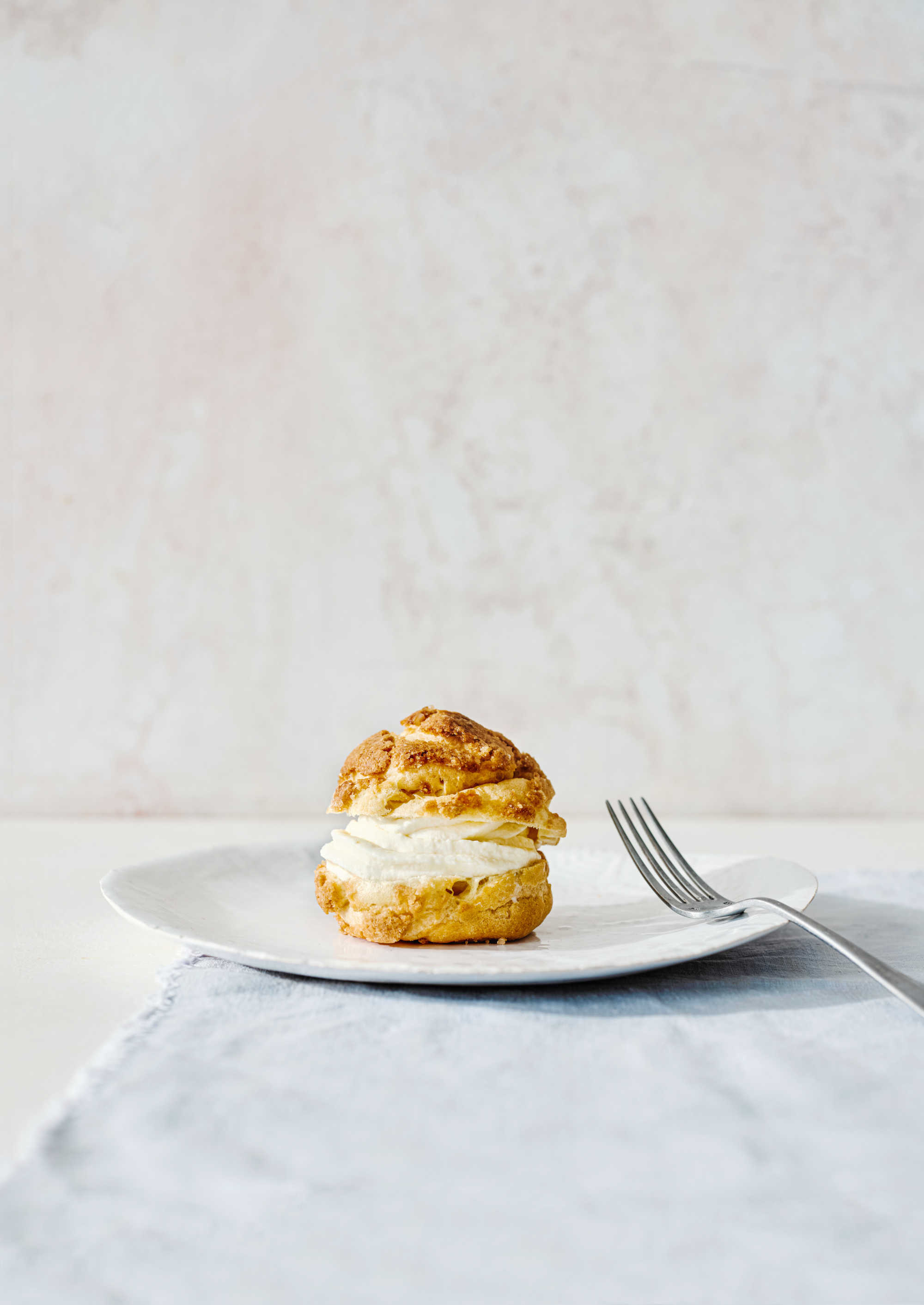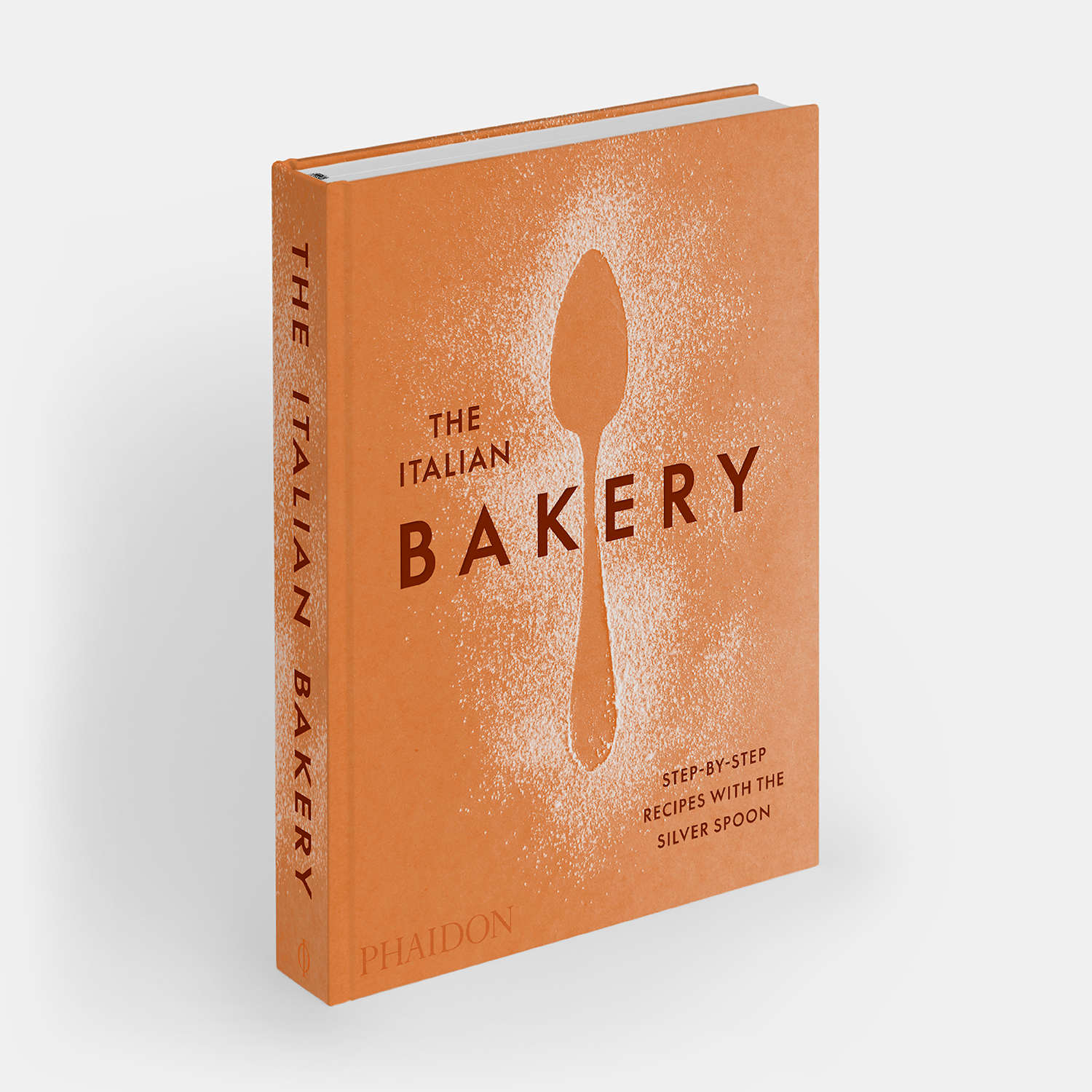
Let science guide you towards the Italian sweet life
Our new book The Italian Bakery explains a little of the hard science that underpins sweet, Italian dolci
Craving something sweet? Then reach for The Italian Bakery. The book forms part of our Silver Spoon library, a series that draws on the tried-and-tested recipes of the classic 1950 cookbook, Il cucchiaio d'argento or The Silver Spoon – one of the most important culinary titles of all time.
For decades, this beloved text has helped everyone from newlyweds to senior nonnas and nonnos cook great food for themselves, their friends and family. The Italian Bakery extracts the sweetest parts of the original Silver Spoon, delivering, for the first time, just the best dolci dishes from its pages.

The book shares plenty of traditional recipes; you’ll find tiramisu, cannoncini and great semifreddo recipes in these pages. However, the book’s editors were also keen to share some harder insights into the baking process.
In a section headed The Science of Pâtisserie, the book describes some of the physical and chemical processes that underlie great baking. Take for example, flour strength. What does this mean? Well, as The Italian Bakery puts it, “every type of flour is milled to have a specific protein content—the higher the protein, the stronger the flour.
“The strength of flour is expressed by the indicator W, and it defines many of the characteristics of the final baked product: from its friability to elasticity, texture to shine, roughness to softness,” the text goes on. “Gliadin and glutenin are the two simple proteins in flour that, when in contact with water and worked into a dough, form an elastic structure called gluten. The higher the level of these two proteins, the higher the W strength on the index. However, the W rating is not printed on packages of flour for general retail, so look at the nutritional content panel on the package to find the protein content per 4 ounces/100 g.”
Next to this entry lies a strength index, which ranges from super strong flours rated W 360
and higher (containing 13.5% protein and higher) through to weaker or ‘flat’ flours, with a W rating of just 90 to170 (indicating a protein content of 9–10.5%).

The book also digs into the difficult science of making dough rise. In conventional breads, yeast produces small carbon dioxide bubbles in dough, leading a loaf to leaven. Modern pâtisseries, however, favour chemical leavening agents to push those C02 bubbles into the dough.
These baking powders usually consist of a mixture of bicarbonate of soda and cream of tartar, which, when mixed into cake batter or pastry dough combine to produce carbon dioxide. Sounds like a smart, fast solution to slower acting yeasts, right? Well, it isn't all good.
“The only downside of using cream of tartar with sodium bicarbonate is the rapid reaction of the two components in water,” explains the book. “Within minutes of mixing the ingredients together, around 80% of the carbon dioxide will be released, well before baking the mixture has hardened the external structure of the dough.”
These shop-bought raising agents work, as do home cook’s own preparations of bicarbonate of soda combined with acidic ingredients, such as lemon juice or butter milk, though they’re not completely ideal. As The Italian Bakery laments, modern pâtisserie is still looking for a simpler, easier-to-use raising agent; "an ingredient that does not alter the flavor of the preparation, but ensures a consistent rise to make a difference.”
Even that simplest of sweet ingredients, sugar, proves a little more complicated with the appliance of science. As The Italian Bakery explains, table sugar (the kind we use in baking) is made of up sucrose, a disaccharide, or a molecule composed of other simple, ‘monosaccharide’ sugar molecules: glucose and fructose.
“Sucrose has many characteristics, and a lot of these are interesting from a culinary point of view,” the book goes on. “It is very widely available, a result of the global spread of sugar cane and beet cultivation, and it has some peculiar properties.
“One of the most surprising is sucrose’s solubility, which can reach up to 2 lb 3 oz per pint (2 kg per litre),” the book goes on, “but perhaps even more important in pâtisserie is its melting point: sucrose breaks down at a temperature of between 363°F/184°C and 367°F/186°C.
“Heating sucrose gives rise to an ‘apparent melting’: that is to say, the sugar crystals
don’t melt, but cause a reaction called ‘inversion,’ whereby the sucrose breaks down into its two constituent molecules (fructose and sucrose).
“As the temperature increases, sugar changes its structure: it breaks down first, and then, with the elimination of the water molecules, it darkens and acquires a caramel flavor. The inversion of sucrose causes the formation of sugars with high hygroscopic properties, capable of absorbing many molecules of water, that are extremely useful in soft mixtures.
“The use of sugar, in combination with the proteins in any dough, is also responsible for the Maillard reaction, one that gives a golden color to baked products.” Try to remember that, next time you crunch down on a craquelin choux. For more on all this and recipes for all the dishes pictured, order a copy of The Italian Bakery here.
